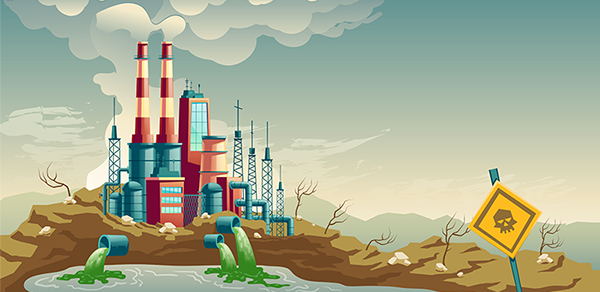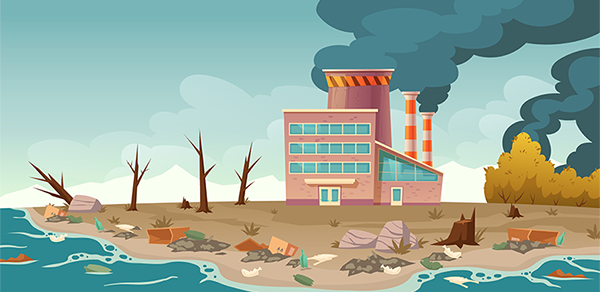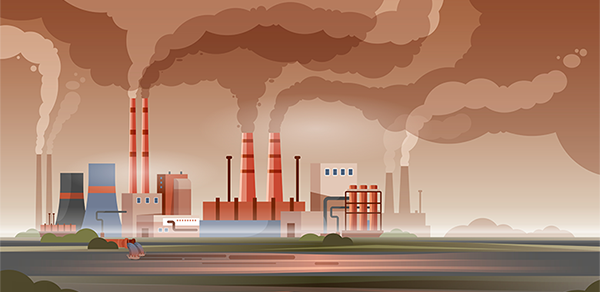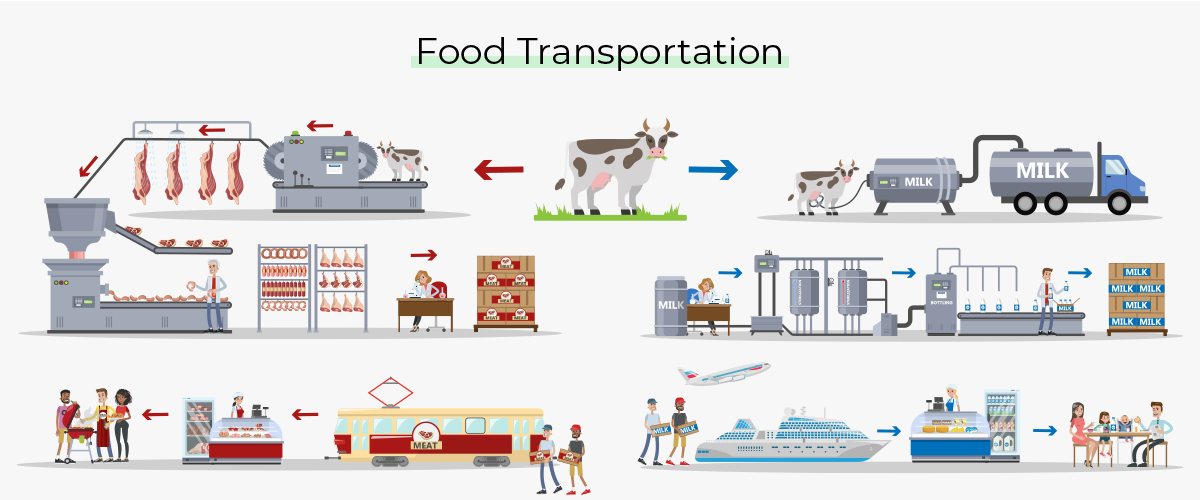Well climate change in simple terms is the change in weather patterns and temperatures. Many factors contribute to climate change out of which one is Meat and Dairy products consumption.
Worldwide, consumers for meat, dairy and eggs are increasing.
Many studies have shown link between meat and increased greenhouse gases such as methane (CH4). One quarter of world’s greenhouse gas emission is from food production.
Consuming meat increases the carbon foot prints and greenhouse gases (GHGs) on earth. Major increase in carbon footprints are because of beef.
Environmental pollution
Resources such as land and water that are used in meat production contribute to environmental pollution and impact the human health also. The highly susceptible group to environmental pollution is the group of farmers and the residents that are in close proximity of Concentration Animal Feeding Operations (CAFO).
Water
According to PETA, average water consumption of a cow is 50 gallons per day. This consumption can increase to twice during hot weather.
2400 gallons of water is used to produce just one pound of beef.

Animal waste generated from meat production when disposed in water body causes water pollution. The water pollution is a major public health hazard, food safety and sanitation. Access to clean water is the right of every individual.
Meat industry increases the quantity of solid wastes and waste water along with increased Biological Oxygen Demand (BOD).
Consumption of contaminated water can induce organ toxicity in humans, affects the organs, and causes water borne diseases such as typhoid, cholera, hepatitis, campylobacteriosis, gastroenteritis, giardiasis, E. coli infections etc.
Land
56 million acre of land is required to grow feed for animals. Beef production and animals feed are the cause of deforestation.
Deforestation induces climate change, affects the fertility of soil, increases the concentration of greenhouse gases, chances floods and desertification are also increased.

Increased cattle ranching cause forest clearance and fires. The forest fires increases the air pollution, affects the biodiversity and disturbs the ecosystem balance.
Air
Meat production chain produces abundant byproducts, endotoxins, hydrogen sulfide (H2S), ammonia, methane (CH4), carbon dioxide (CO2) and particulate matter. Particulate matter is the most hazardous air pollutant as it (PM2.5) can penetrate deep down the respiratory systems.
All of these components deteriorates the quality of air and leads to climate change. Carbon dioxide and methane are greenhouse gases and its increased concentration increases the carbon footprints and climate change.

Air pollution is harmful to human beings as it can lead to breathing difficulty, suffocation, irritation in eyes, nose, throat, airways, inflammation in lungs, COPD, asthma etc.
How do meat & Dairy products induce climate change?
Meat production (industrial meat) involves intensive factory farms, process and farmers. The activities that are involved in meat production are major reasons to increase pollution.
Fishing methods to obtain aquatic food from oceans destroy coral reefs and disturbs the whole aquatic ecosystem. The animals such as dolphins, sea turtles, sharks etc. are killed by certain fishing methods.
UN FAO (Food and Agriculture Organization) said 14.5% of greenhouse gases emissions are from meat and dairy products.
To produce one pound of farmed salmon, three pound of fish meals are used.
Consumption of beef contributes more to climate change as the ruminant animals like cow, sheep etc., have four stomachs and upon the digestion of food ingested they release methane (a greenhouse gas).
Production of meat is tripled over the last 4 decades and increased by 20% in past 1 decade. UN Convention to Combat Desertification stated that 10 pounds of grains are required to produce just a pound of meat.
Beef production reduces the number of carbon dioxide absorbing trees and grasses causing increase in carbon footprints and greenhouse gases.
Several types of Nitrogen fertilizers are used to stimulate the growth of plants and the production of these release carbon dioxide (CO2) and N2O (a potent greenhouse gas).
Food Transportation
Transportation of food products irrespective of type impacts the climate change and the quality of food. In metropolitan cities, vehicles accounts for 70% of CO, 50% of Hydro Carbon, 30-40% of NOx, 30%of Suspended Particulate Matter and 10% of SO2 of the total pollution load.

The effect from transportation depends upon the type of transport (roadways, railways, waterways and airways), distance and duration. The transportation of meat and dairy products involves high risk of microbial contamination. Each and every activity involved in transporting of food can cause contamination risk.
Veganism: Final answer?
Many studies have suggested veganism or vegetarianism can help in combating the climate change.
219,000 gallons of water will saved per year if just one person shifts to vegan side of diet.
Emissions are reduced by ten to fifty times for plant based foods than animal products. Switching to a vegan diet can save up to 8 billion tonnes of carbon dioxide equivalent (CO2e) a year by 2050 and 14.7 billion of CO2e a year.
On the other hand, switching to vegetarianism side, 6 billion of carbon dioxide equivalent by 2050.